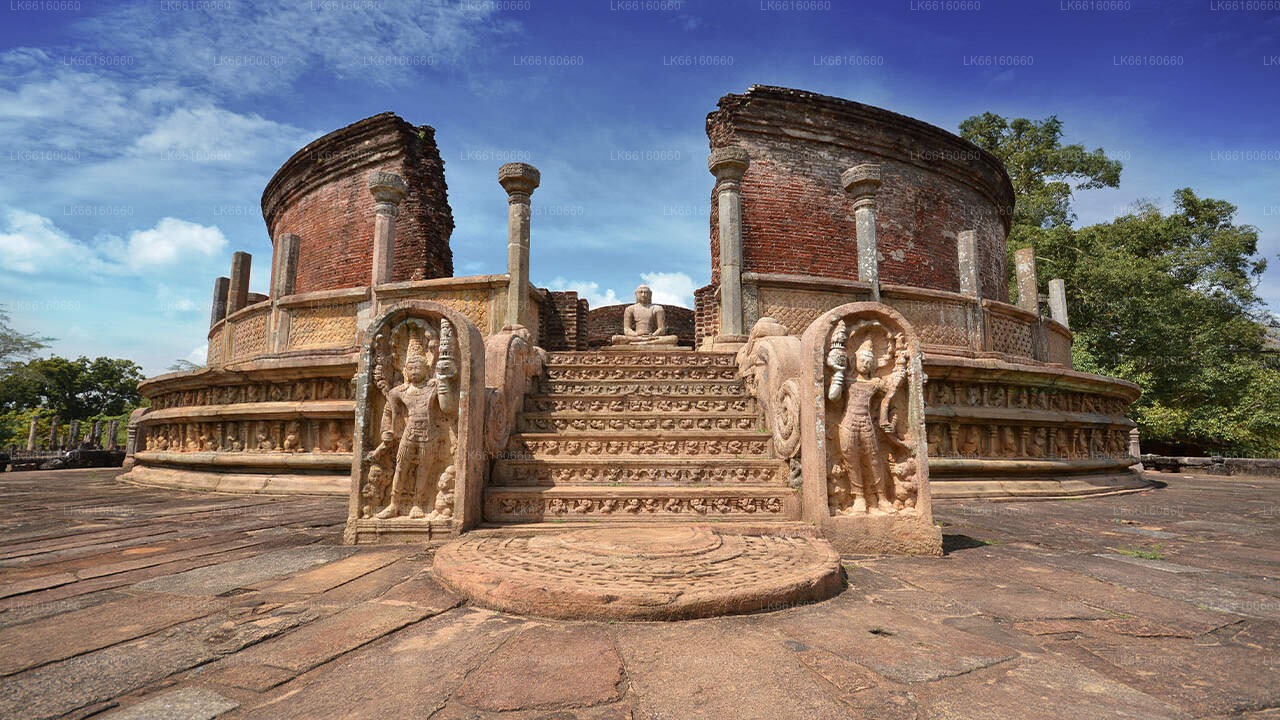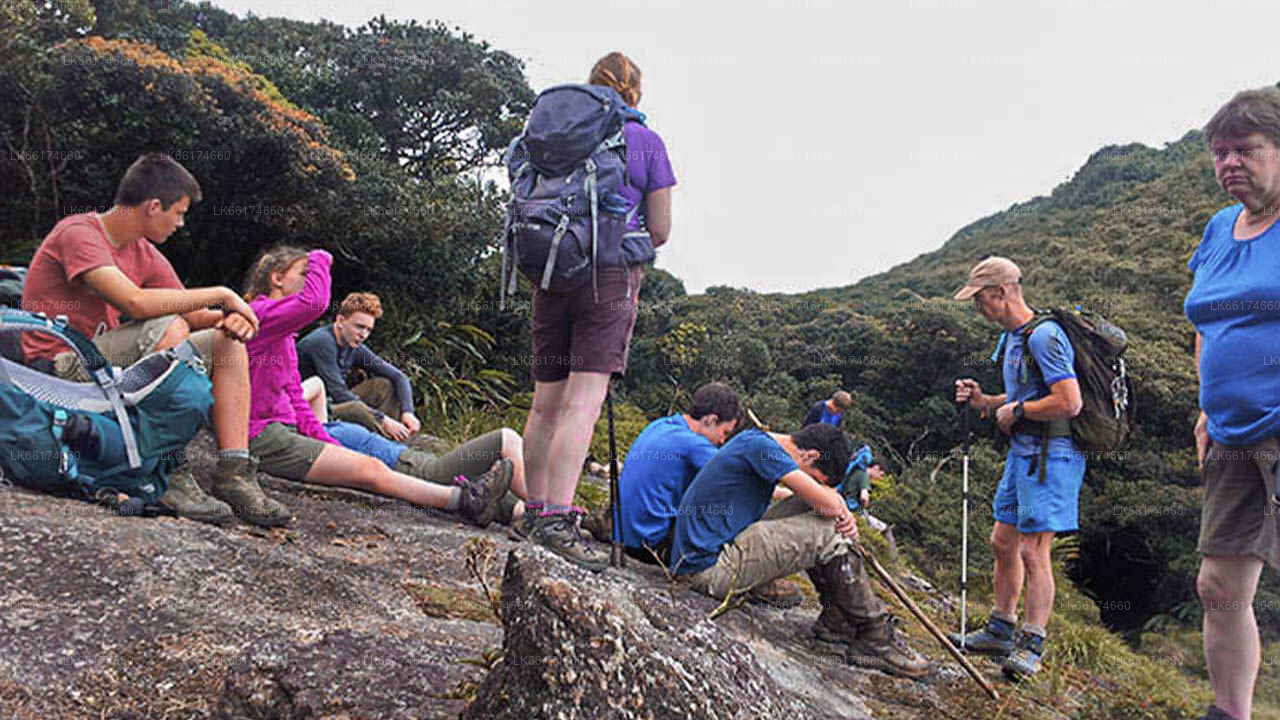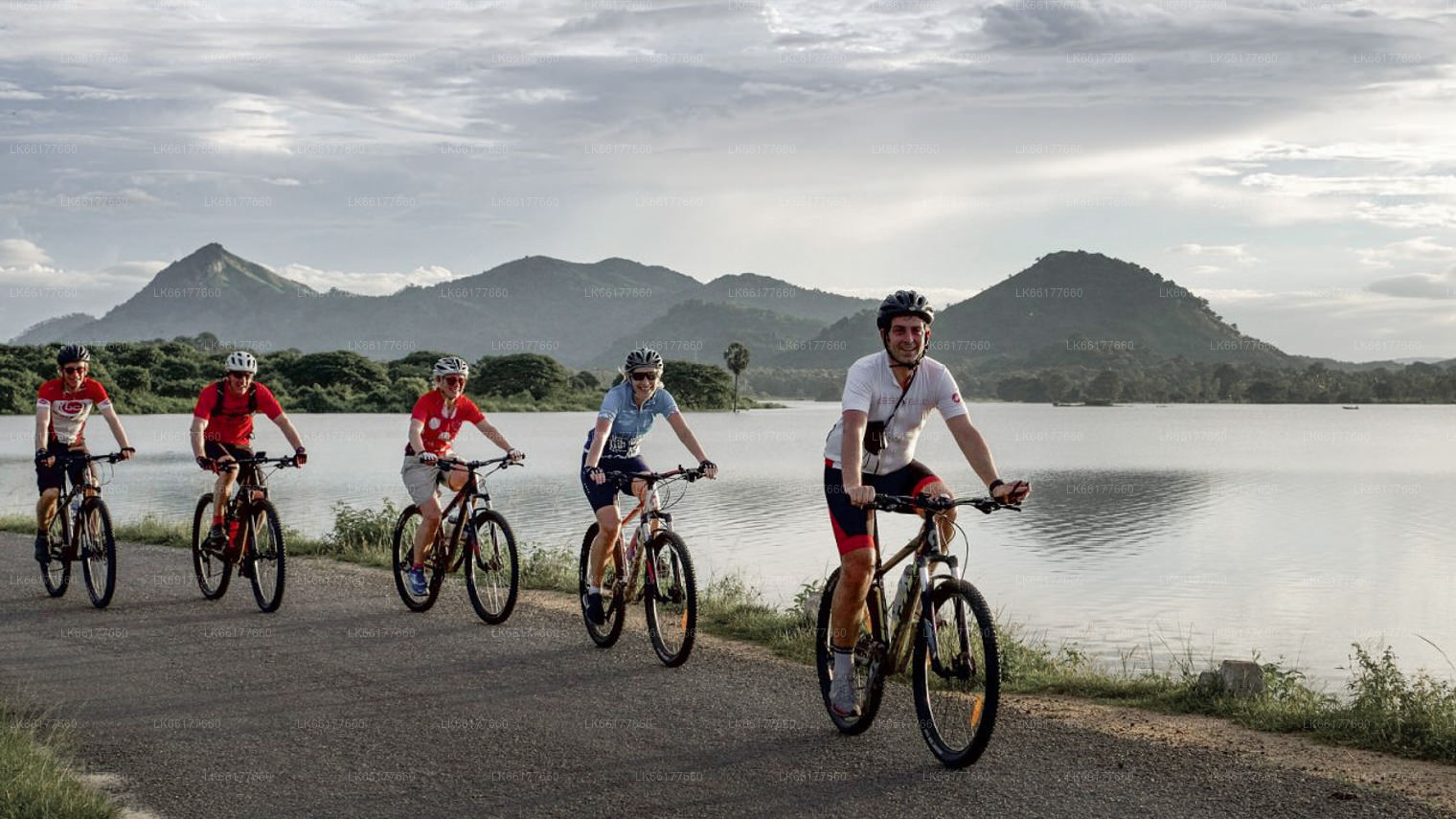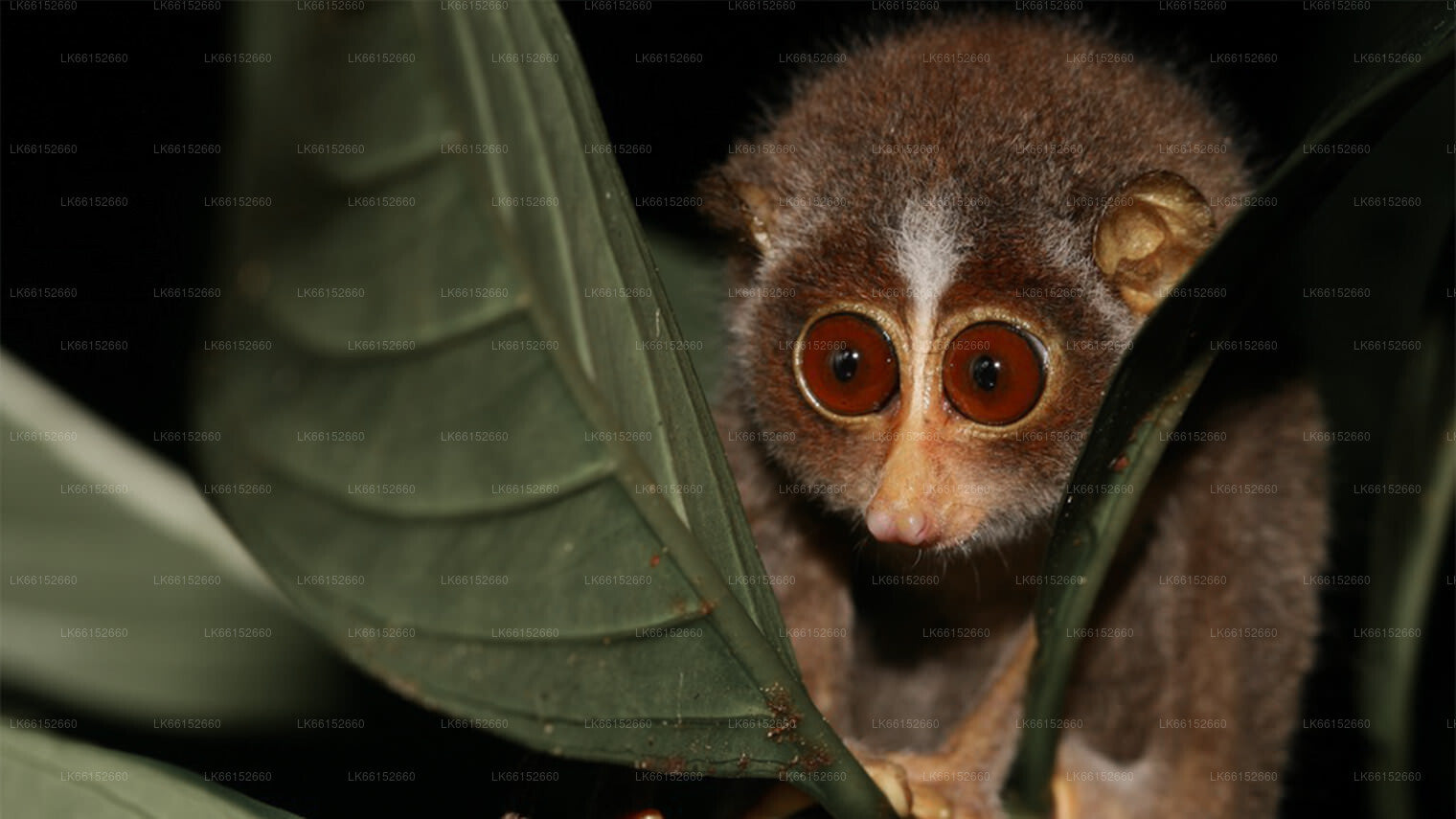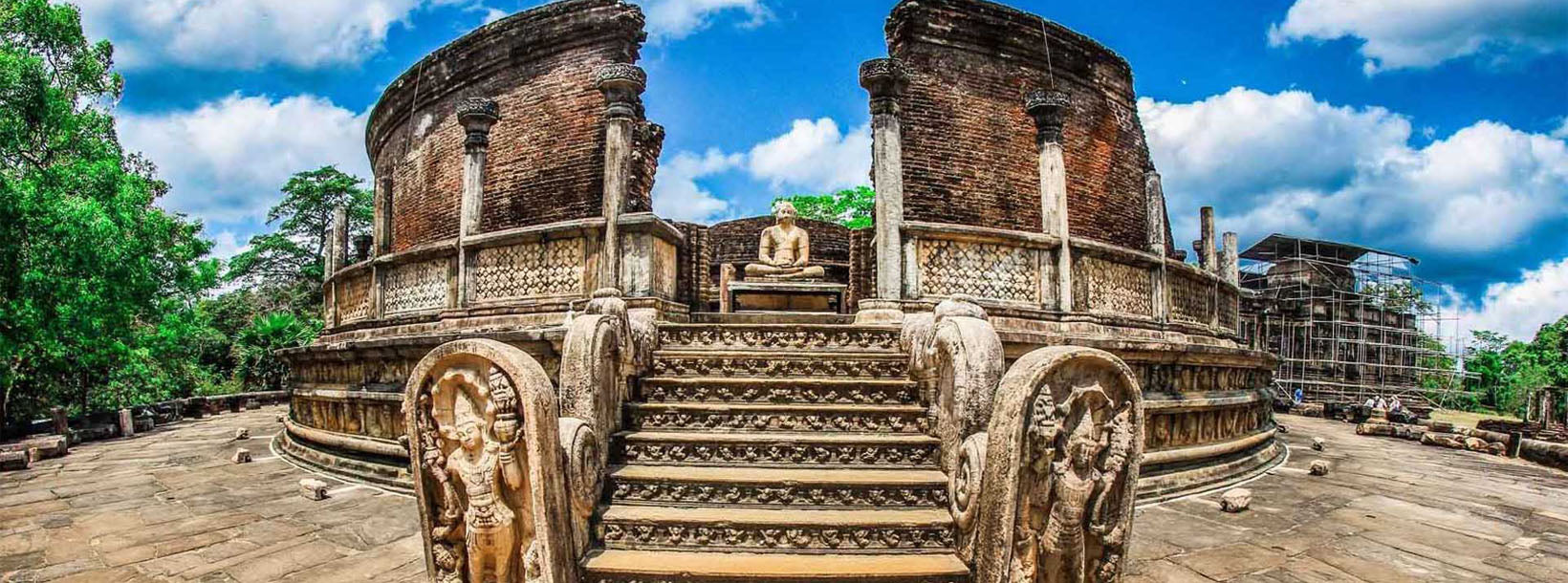
Polonnaruwa By
Polonnaruwa, a UNESCO World Heritage Site in Sri Lanka, was the country's medieval capital (11th-13th century). Renowned for its well-preserved ruins, including the iconic Gal Vihara statues, it showcases impressive architecture, reflecting the grandeur of the ancient Sinhalese civilization.
Rankoth Vehera
Rankoth Vehera is a large ancient stupa located in the historic city of Polonnaruwa, Sri Lanka. Built by King Nissanka Malla between 1187 and 1196, it is one of the most significant Buddhist monuments in the Polonnaruwa period. Its name means “Stupa with the Golden Pinnacle,” reflecting its historical original design and spiritual importance.
The stupa is constructed entirely of brick and originally had a much greater height than it does today. Its base has a circumference of approximately 550 feet and it stands about 108 feet tall in its present state. Rankoth Vehera includes four large vahalkadas (ornate ritual platforms) aligned with the cardinal directions and sits on a large square terrace.
Visitors to Rankoth Vehera can walk along the terrace entrances, observe the brick craftsmanship and architectural style, and reflect on the stupa’s resemblance to Ruwanwelisaya in Anuradhapura. The site encourages quiet contemplation and offers views of the archaeological surroundings in Polonnaruwa. Guided tours are often available, explaining its history, inscriptions, and religious function.
Accessible year-round, the best time to visit Rankoth Vehera is during the dry season when paths are firm and visibility is clear. It is situated in the Polonnaruwa Ancient City, which is well connected by road and public transport. Entry to the archaeological park where Rankoth Vehera is located usually involves an admission fee and opening hours during daylight.
Om Polonnaruwa-distriktet
Polonnaruwa er den næststørste by i den nordlige centrale provins i Sri Lanka. Den gamle by Polonnaruwa er blevet erklæret som et verdensarvssted af UNESCO. Polonnaruwa har en lang historie med erobringer og kampe og udgør med rette det tredje element i den kulturelle trekant. Polonnaruwa, der ligger omkring 140 km nordøst for Kandy, tilbyder timevis af endeløs fornøjelse for historie- og kulturelskere, da der er mange betydningsfulde seværdigheder.
Mange af de fysiske ruiner, der står i dag, tilskrives Kong Parakrama Bahu I, som brugte mange kongelige ressourcer på byplanlægning, herunder parker, bygningsværker, kunstvandingssystemer og så videre. Perioden under hans regeringstid betragtes som en guldalder, hvor kongeriget trivedes og havde fremgang under en visionær hersker. Parakrama Samudra er en gigantisk tank og opkaldt efter dens beskytter. Det populære kongelige palads, audienshallen omgivet af smukt udskårne stenelefanter og badebassinet afspejler datidens overlegne ingeniørmæssige evner.
Om Nord-Centralprovinsen
North Central Province, som er den største provins i landet, dækker 16% af landets samlede landareal. North Central Province består af to distrikter kaldet Polonnaruwa og Anuradhapure. Anuradhapura er det største distrikt i Sri Lanka. Dets areal er 7.128 km².
North Central Province har adskillige potentialer for investorer til at starte deres virksomheder, især landbrug, agrobaserede industrier og husdyrsektoren. Mere end 65% af North Central Provinces befolkning er afhængig af basal landbrug og agrobaserede industrier. NCP kaldes også "Wew Bendi Rajje", fordi der er mere end 3.000 mellemstore og store tanke placeret i provinsen. Sri maha bodiya, Ruwanweli seya, Thuparama dageba, Abayagiri Monastry, Polonnaruwa Rankot wehera og Lankathilake er bange.









